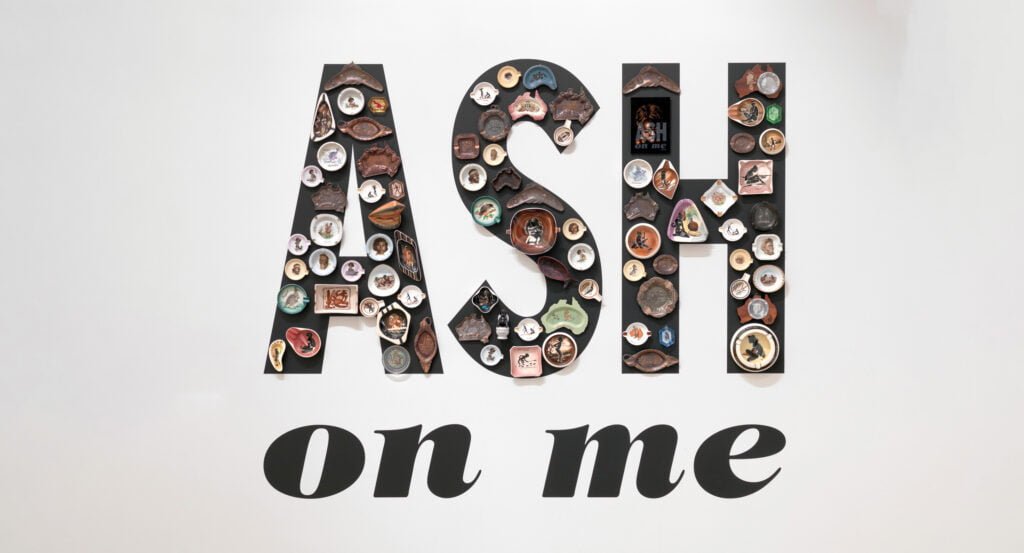You’ve met the First Prize winners of ANZA’s Young Writers’ Competition 2022. Now it’s time to meet the second and third prize winners in our 6-10 and 11-14 age group categories. All of the judges were so impressed by the entries this year and it was very tough to come to a final decision. We look forward to hosting the event again next year. Until then, we encourage all budding authors to keep writing and creating!
Second prize (6 – 10 years old) : Rohaan Palit

Island Explorer
It is 1 January 2027 and there is a boy named Jake, who loves to explore. He lives on a tropical island where everything is made by nature. Jake especially enjoys rowing a boat and has an unusual pet. Because he lives on a tropical island his pet is a tiger. One day when his mum and dad where out, he was home playing puppets with his best friend, Ivy. They heard a ROAR and a hiss, so they went out of the hut and saw a hurt tiger and snake. Ivy took the snake, so Jack took the tiger. When both where healed, the animals didn’t want to leave, so the snake became Ivy’s pet and the tiger became Jack’s pet.
One day Jake and Ivy were going out on their boat, Jake found a mysterious rock with a marking by the riverbank, so he kept it. Later he found a hole in another big rock (that they used as a dam). The hole was the same size and shape as the rock he found before. He put the rock in and turned it. Suddenly the big rock began to crumble and after about two minutes there was a hole big enough for a small boat like Jake’s to fit through. Jake rowed through and what he saw was unbelievable. There was such a lovely island known as Singapore with so many islanders. Jake rowed to the dock and found something so surprising. Ivy who had rowed in next to Jake was just as amazed. Everybody from their island was in Singapore and greeted them and took them into the main dining room. When they got in Jake saw his and Ivy’s mum and dad. They asked them “do you still have that rock you used just now?” Jake and Ivy said yes.
“It’s your new key, this island is our new home because the old one was taken over by The Evil Falcon” said Jake’s mum.
Just then there was a big sound from above “THE EVIL FALVON IS HERE”
“Quick you’re the only ones that can stop this, take this ring and disk to control it” shouted Jake’s mum.
Jake and Ivy rushed to the top of the mountain. When they got to the top, they saw a Dragon fighting Captain Falcon. Just then it struck Jake’s mind, the ring was to control the Dragon and the Disks where to change the Dragons type. Ivy listened to Jake as he told her what to do “Captain Falcon is a fire type so we should change the dragon into a water type”. Ivy wore the ring, so Jake gave her the disk. And the disk turned the Dragon into a water type, then Ivy used WATER BLAST and the dragon was gone!
When they went back to the Colney everybody greeted them with a party and they all lived safely on the island of Singapore.
Second prize (11 – 14 years old) : Sophie Tan

It is 1 January 2027, in my formerly beautiful garden city, Singapore. I woke up exhausted. The incessant New Year’s Eve parties had robbed me of my sleep. Normally, on the first day of every year, I will go out and enjoy a feast of my favourite food – succulent termites and ants. However, I may not be able to keep up my annual tradition. Food is scarce. I have been a nomad for the past decade, struggling to find my next meal. Everyday I will rummage the garbage cans for scraps. What’s worse is that human beings find me an “attraction”. Whenever I make an appearance, they will rush forward and flash their cameras frantically, hoping to capture my best shot.
Loud noises and bright lights disturb me, especially at night. That’s not the only change which has affected me. Deforestation has robbed me of my home, family and friends. Nasty humans also hunt and kill us for our precious armour-like scales, which they ironically use to produce cures for their diseases. My trusted friend, Monkey, even said that humans devour us – including his species – for their lavish feasts. Hearing that angers me. How can humans be so ruthless? This is unacceptable! All this bullying, I cannot take it anymore! Hearing this brought me back to my childhood…
“Fire! There’s a forest fire!” The sound of fire crackling woke me up. I looked up. I could smell the smoke and feel the heat on my cool skin. Then, I spotted the fiery flames. I panicked. “Please tell me this is just a nightmare,” I whispered to myself. This was real. I ran with all my might for safety. All my neighbours were running alongside. No one stopped to rest until we were miles away and no fire was in sight. Burns and scratches were all over my body.
“Boss, we have the land cleared! Bring in the construction team!” a voice called from behind. C-construction? Oh no. Where will I live now? This was the start of my worst nightmare.
Years later, a highway was built on my former home for the humans’ huge machines with wheels that zoom by everyday. Over it was this menacing-looking bridge, covered with lush greenery. I often see animals crossing it. What is that for? I have no idea. My other kind friend, Lesser Mouse-Deer says it is indeed for animals to cross. He even mentioned he has gone on the bridge to feast on juicy leaves. I do trust him, but I can’t be absolutely sure. What if it’s a trap set by humans? However, the thought of finding my favourite meal among the trees is so enticing.
Well…I shall not tempt fate. I guess I’ll forage the garbage cans again. I still don’t understand why humans have to do this. I bet they have no idea how much I am going through now. Why can’t we coexist harmoniously? This is one question which I cannot answer.
Third prize (11 – 14 years old) : Josianne Lee

It is 1 January 2027, thunder crashed and lightning flashed, as I remember what happened in December last year …
I sat on Grandma’s lap and pleaded her to tell me a story. Grandma nodded, “When I was a little girl, my father passed away suddenly. I was devastated as he had been my comfort and joy. Seeing how sad I was, Mother bought an expensive necklace for me making her have little money. A few days later, the postman changed named, Antony Moss. Whenever he came to our house to deliver letters, he would talk to mother. One day, while talking, Mother mentioned that we were struggling with financial problems. Moss replied he was rich and if mother gave him a piece of jewelry, he would give her money. Mother persuaded me to give up my necklace and I blindly followed. How would I have known that Moss sprinted off with a wicked grin and my necklace! In addition, my mother and I never saw him again. We reported this to the police. it ended up that he had been robbing houses of precious jewelry. I broke down in tears, Mother to console me, but all I could think of was about my stolen necklace.” Grandma paused. “Did you find it? ” I asked. Grandma shook her head, her eyes brimmed with tears. “I think you should sleep now, darling,” she said.
The day dawned crisp and clear, I stretched and smiled like a cheshire cat and scurried towards my parents’ room, finding them awake. I begged them to give me money and told them Grandma’s tale. Mother agreed.
With the money, I sprinted to the nearby jewelry shop which was just a stone’s throw away from my home. To my despair, the jewelry shop did not have any necklaces.
Hours passed, but I still could not find one the necklace! I gave up and caught a train home. A man approached me as I exited the train. “Hello! I’m new around here…” the man said. I peered on the map, giving directions. “Thank you, young madam!” The man said cheerfully. The corner of my eye caught the directions to an antique shop just across the road. Maybe my hunt wasn’t over yet!
By evening, I reached the antique shop on the map. A golden heart-shaped locket with unique patterns caught my eye I immediately paid for it. Then put it into my bag and skipped home cheerfully.
When I reached home, Father scolded me for reaching home late, “You had us all worried!” My hands grew clammy as I explained everything, feeling the weight of guilt of coming back home late lift off my shoulders. Grandma smiled sympathetically and patted my shoulders, I smiled slowly I took out necklace that had cost an arm and a leg out of my bag. Touched, Grandma’s eyes welled up with tears. For the rest of the night, the family’s tiredness and anger had melted in replace of love, warmth and laughter …
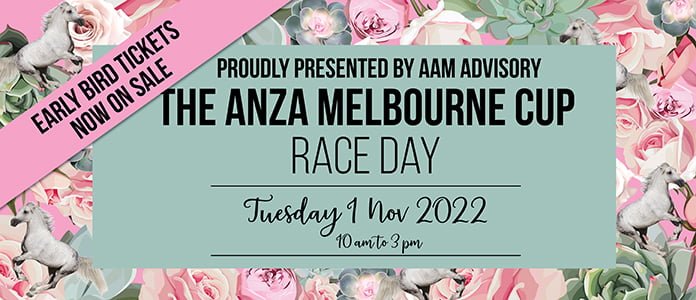


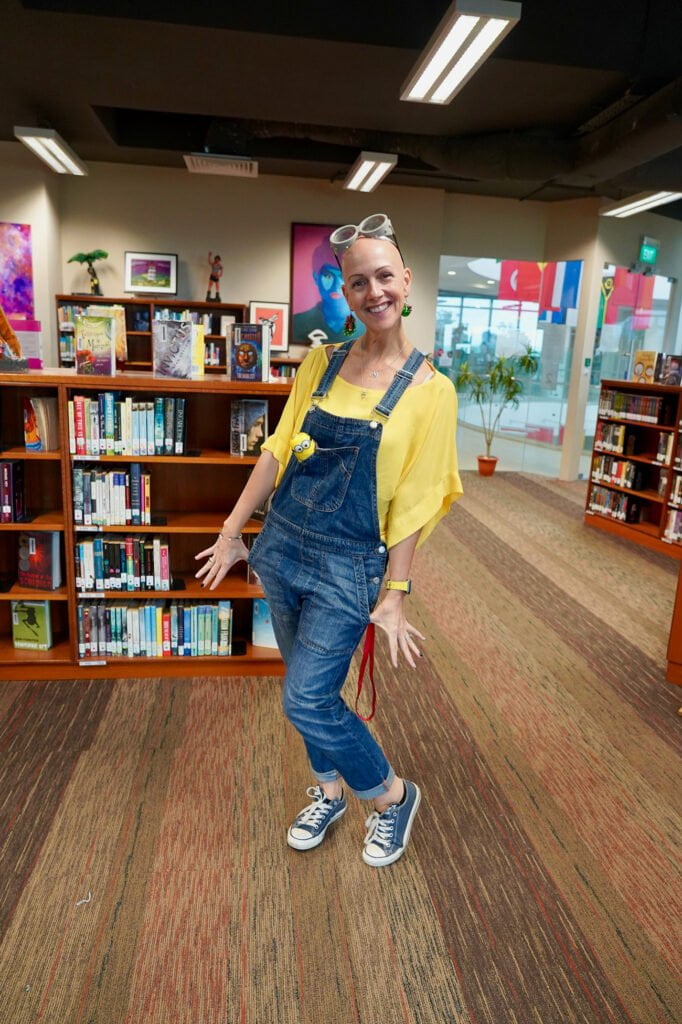 Reading and storytelling with children is super-important. Not only does reading
Reading and storytelling with children is super-important. Not only does reading 

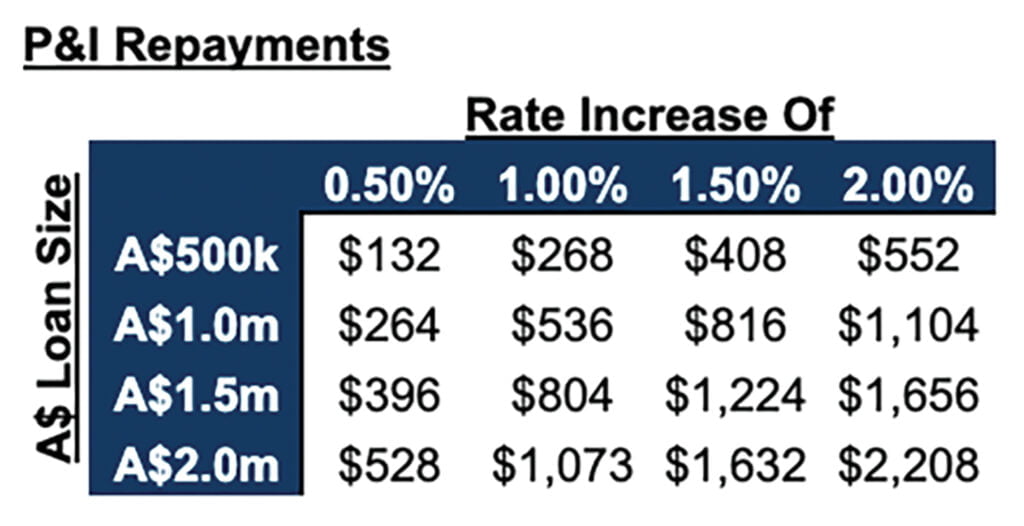
 Contact the team at Odin Mortgage today to see how they can help you to achieve your dream sooner.
Contact the team at Odin Mortgage today to see how they can help you to achieve your dream sooner. 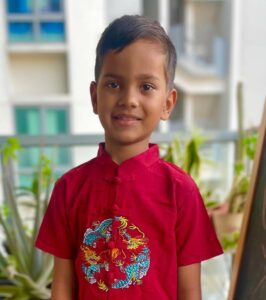


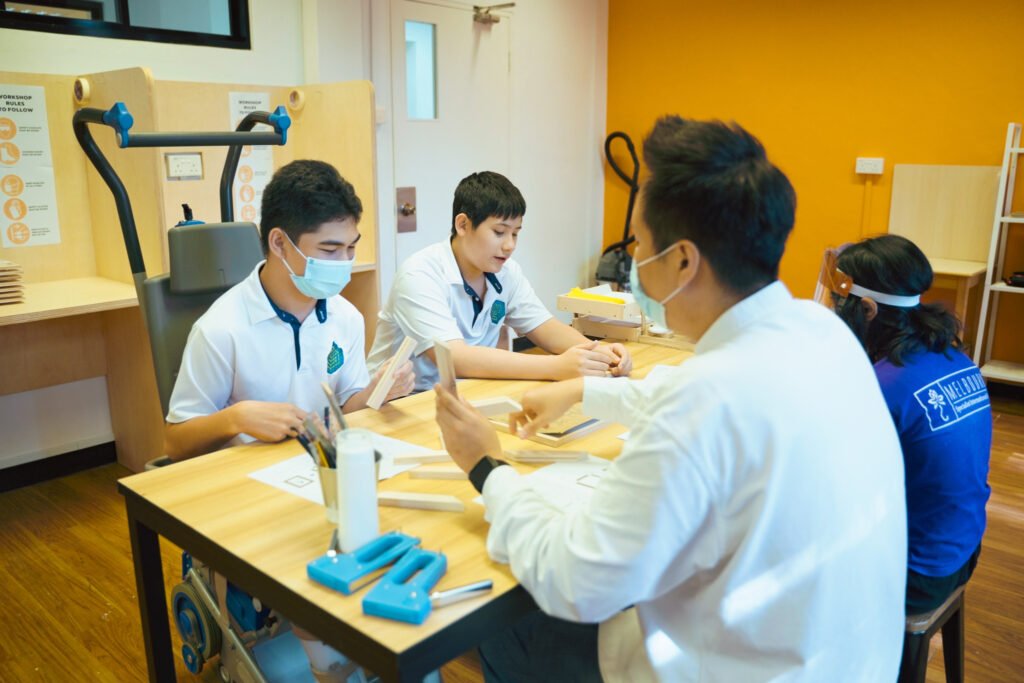
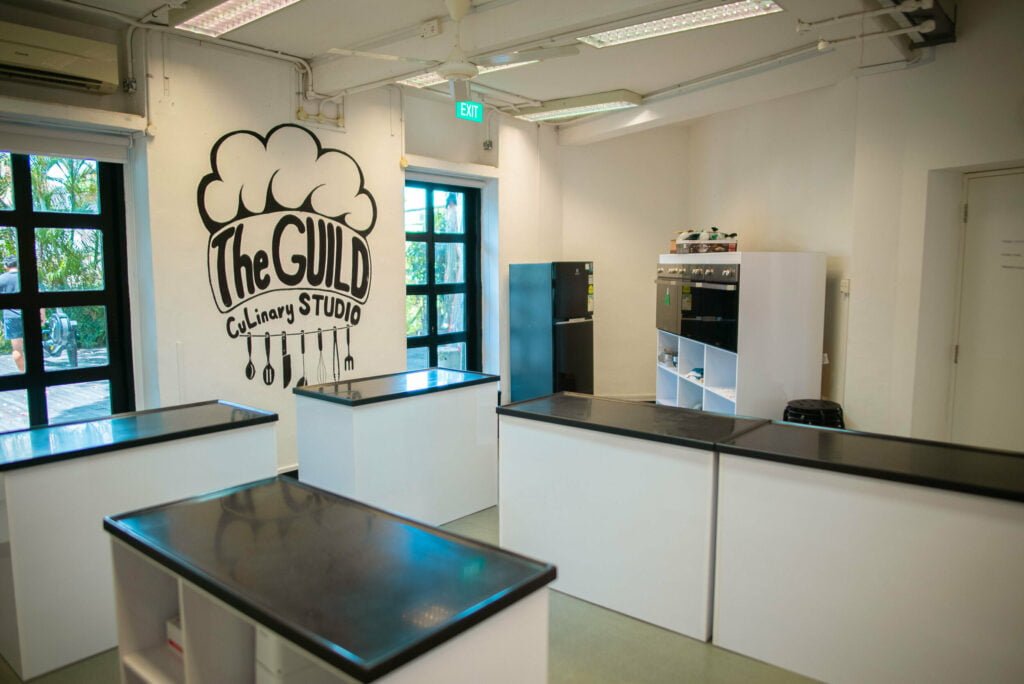
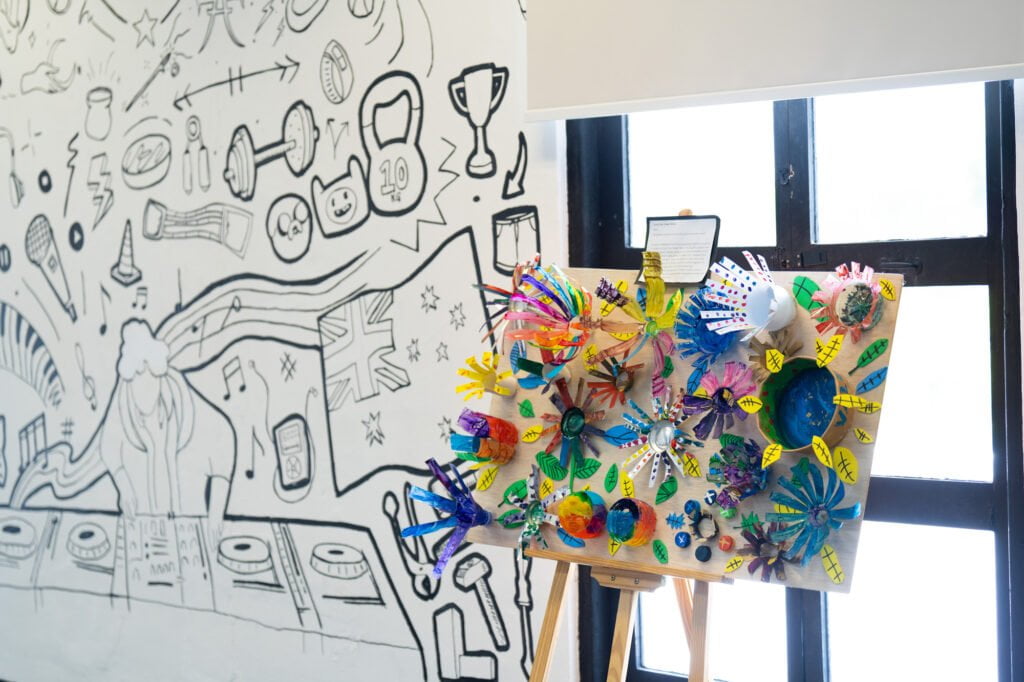
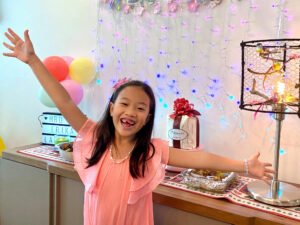
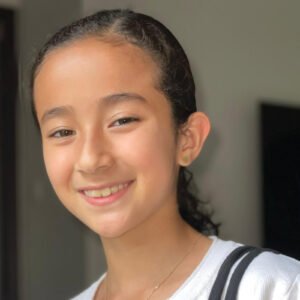 WINNER: Angelique Lamouri
WINNER: Angelique Lamouri
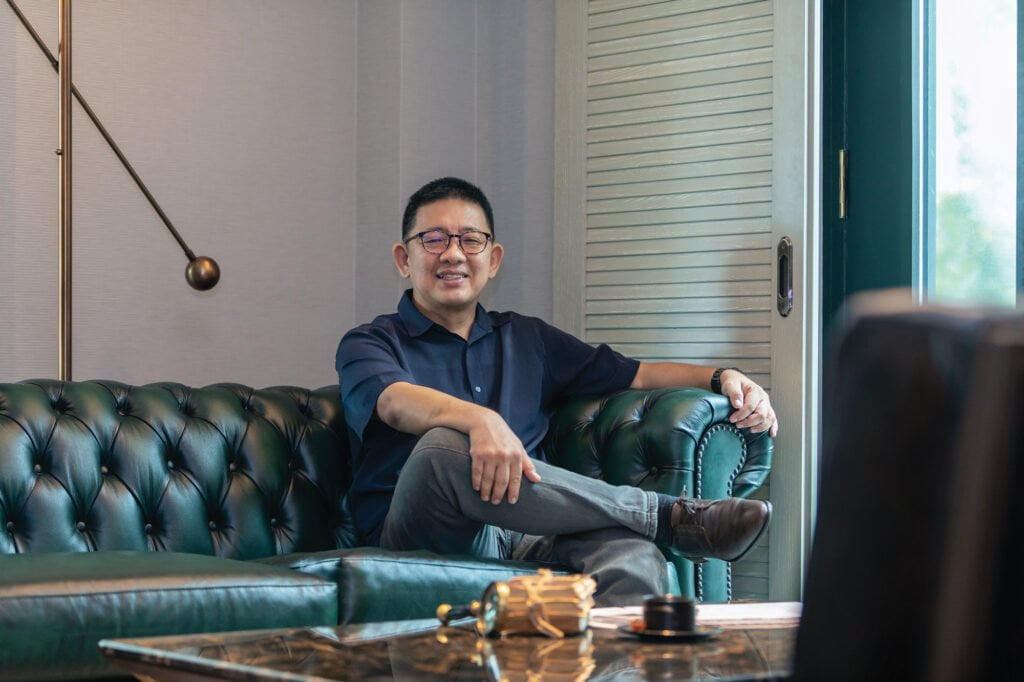
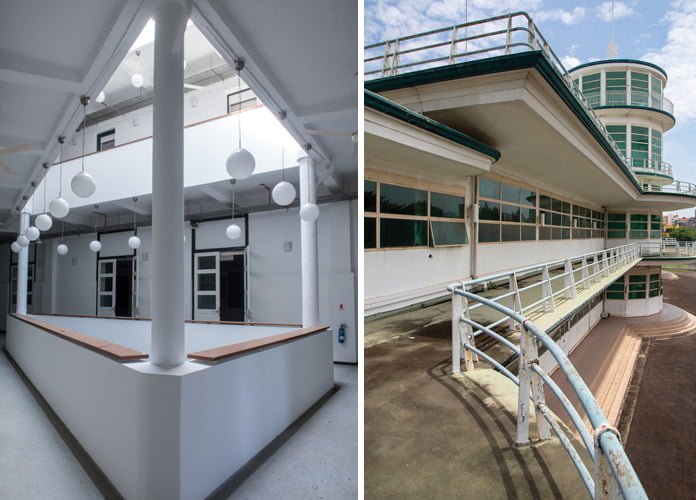
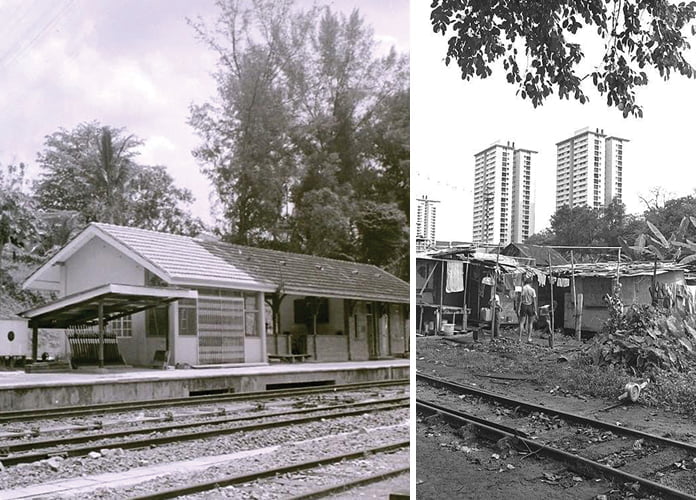
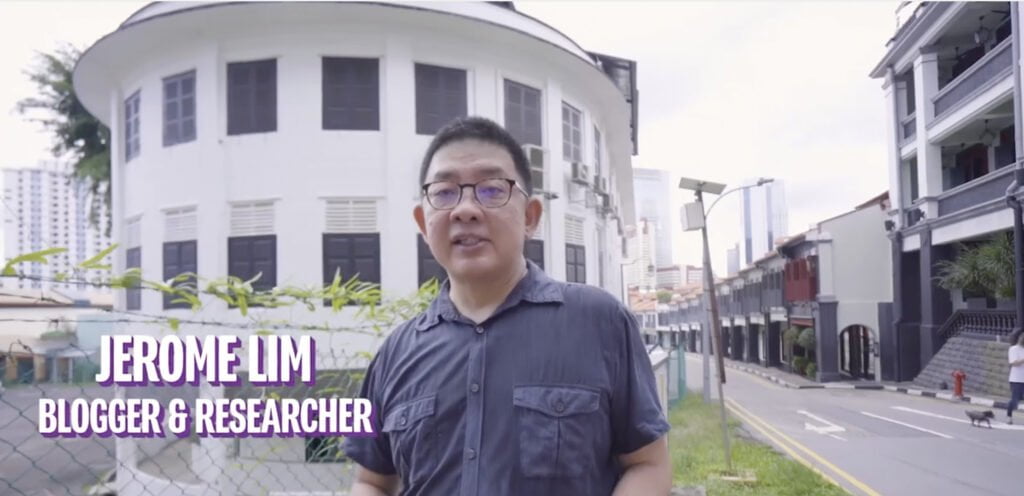
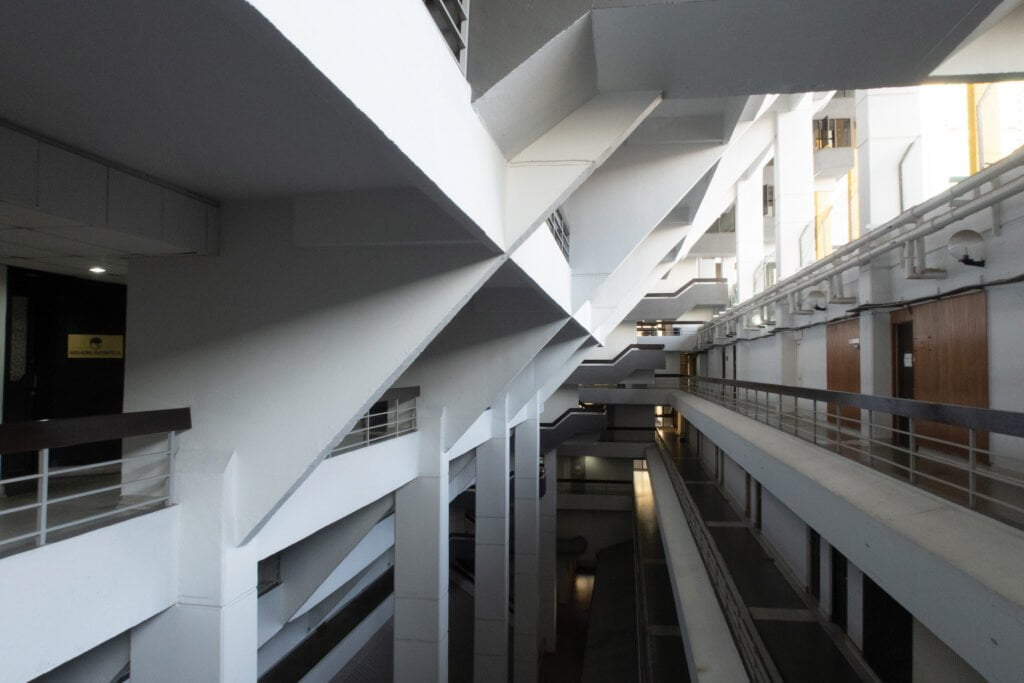
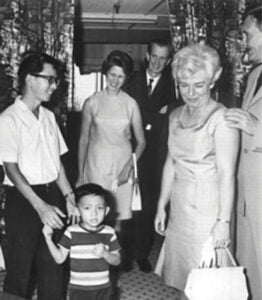
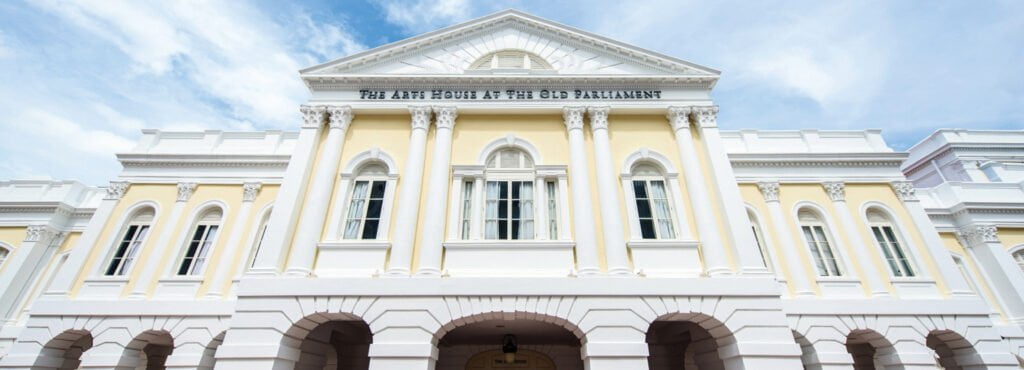
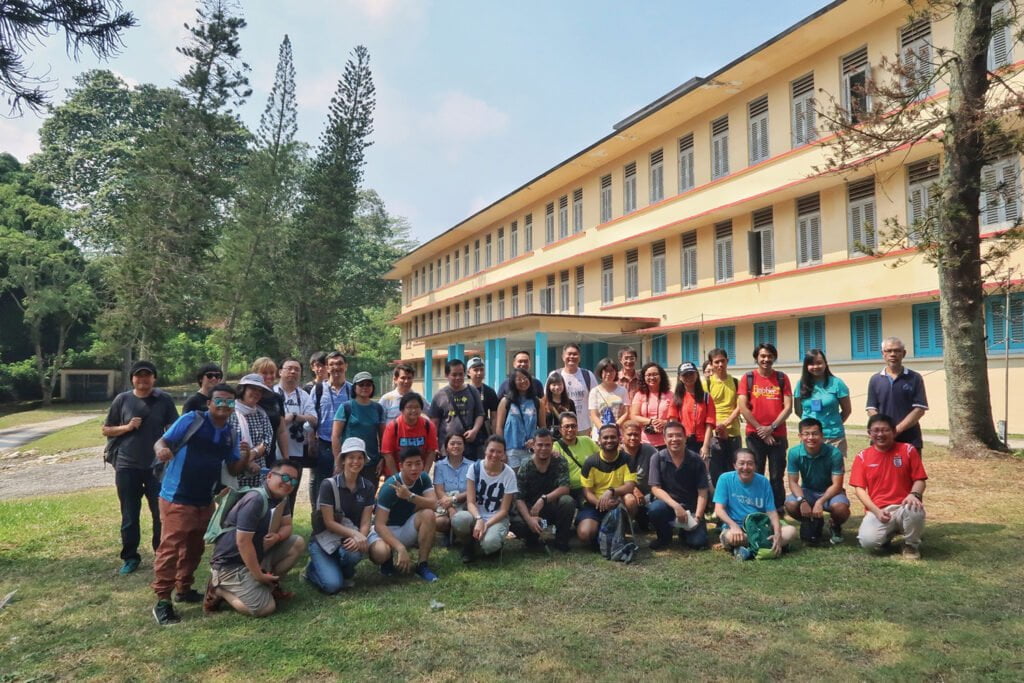
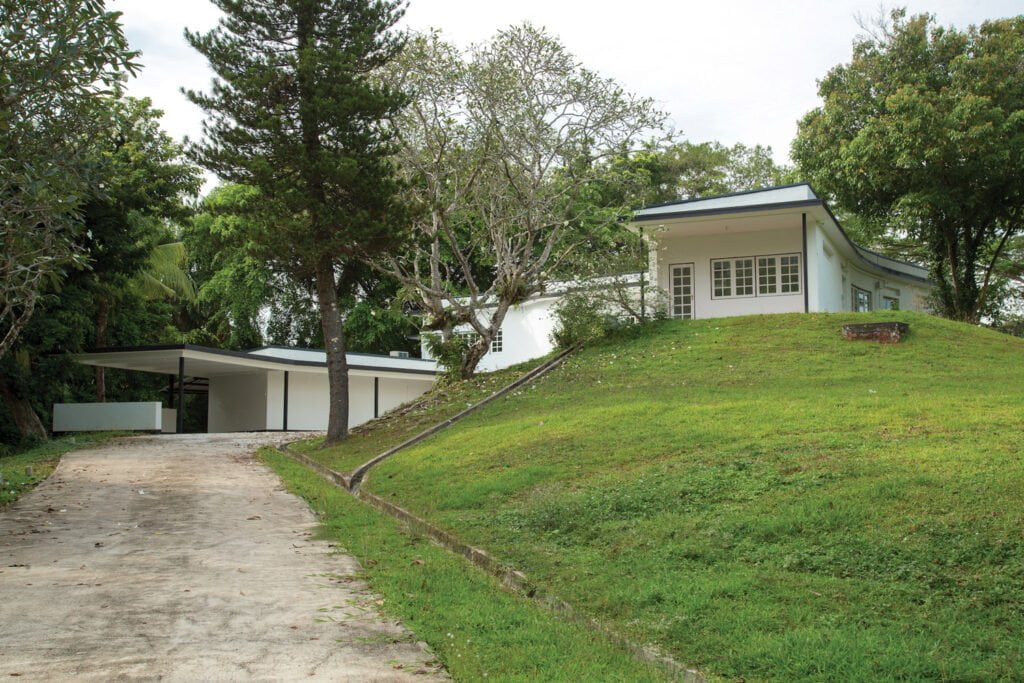
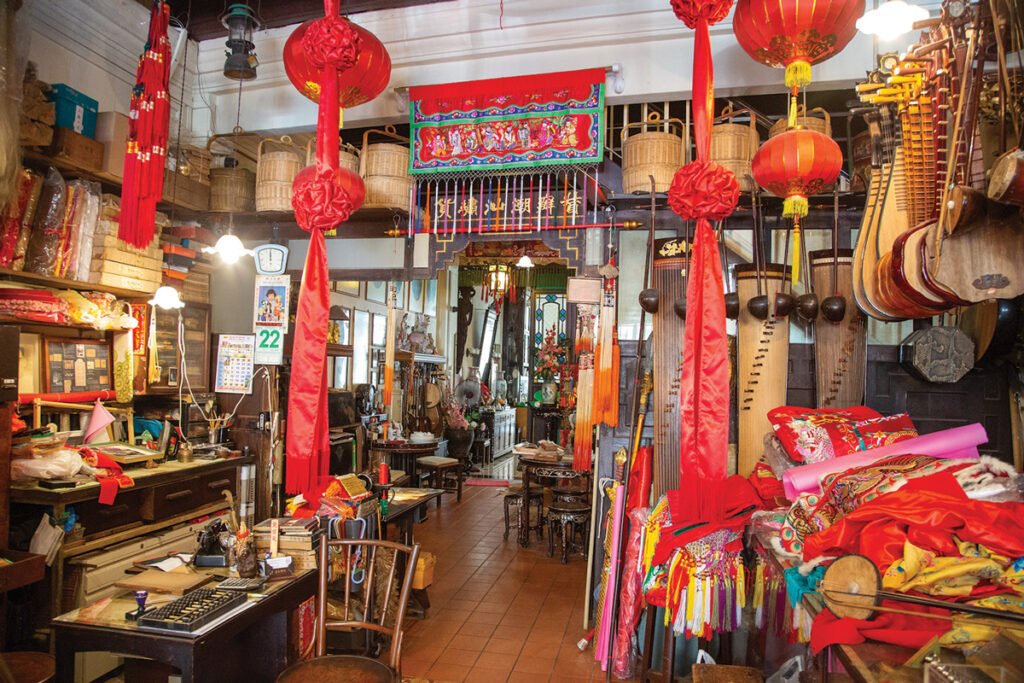
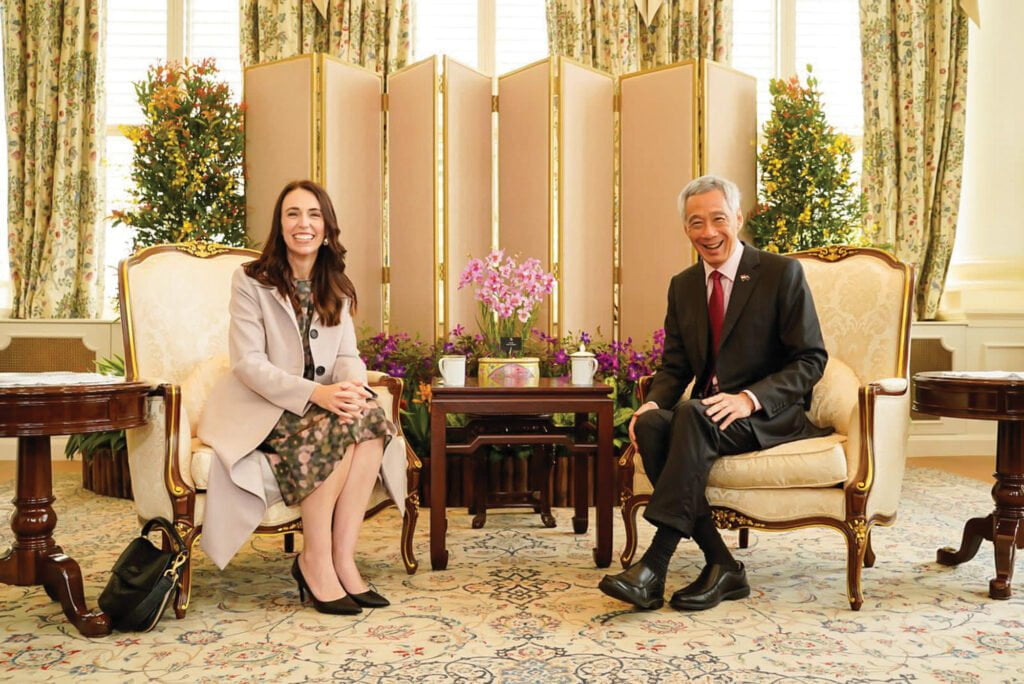 When PM Ardern, Minister O’Connor and the business and media delegation visited Singapore it marked the first official overseas visit for two years. The fact that PM Ardern made Singapore her first stop speaks to the value New Zealand places on the bilateral relationship between our two countries. She also brought trade minister, Damien O’Connor, and a high-level business delegation.
When PM Ardern, Minister O’Connor and the business and media delegation visited Singapore it marked the first official overseas visit for two years. The fact that PM Ardern made Singapore her first stop speaks to the value New Zealand places on the bilateral relationship between our two countries. She also brought trade minister, Damien O’Connor, and a high-level business delegation.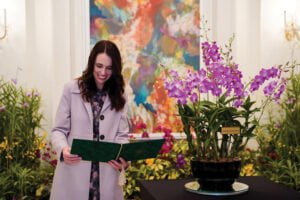
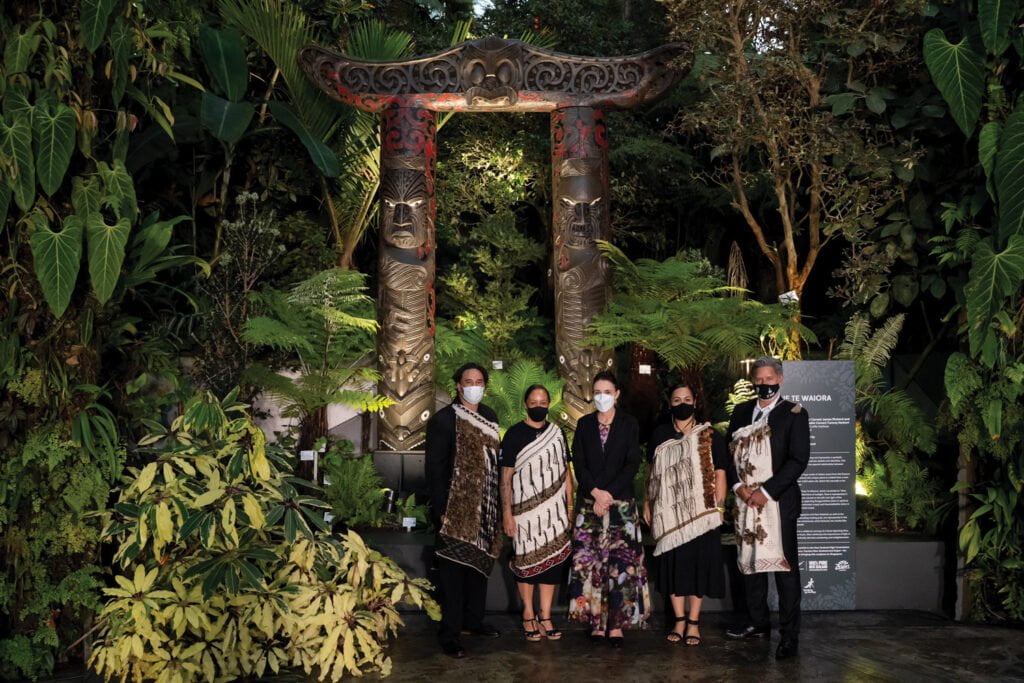
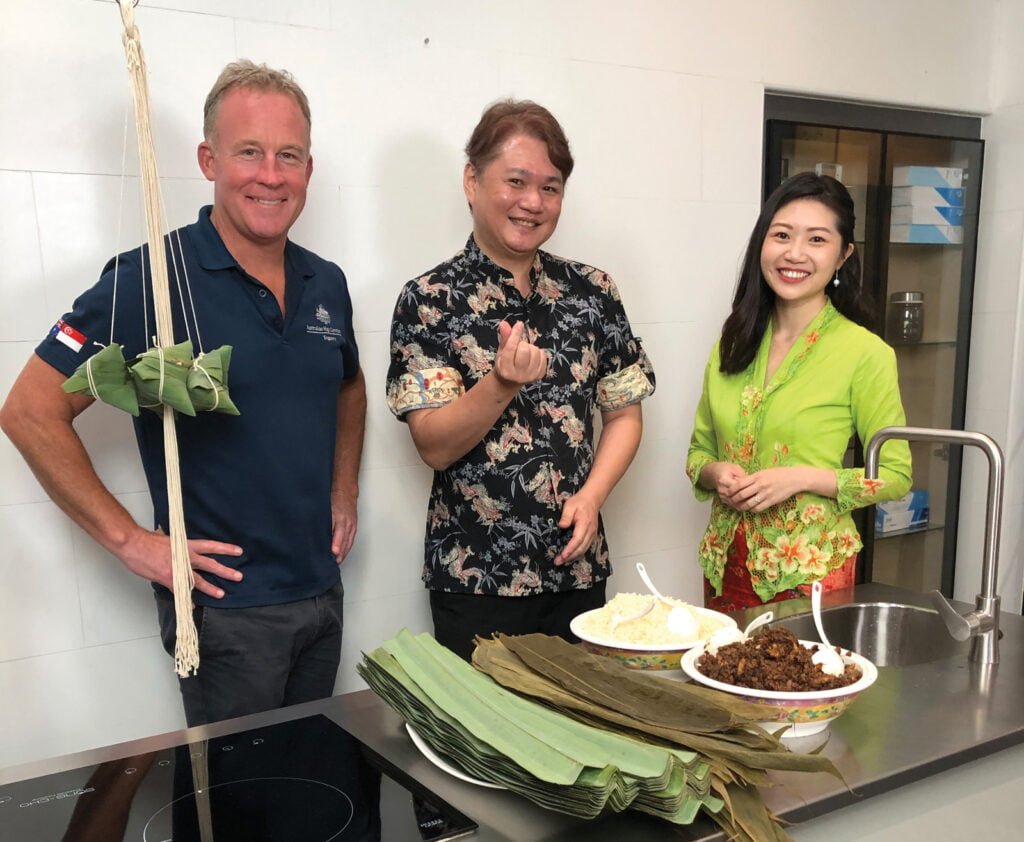

 Kickstart your health in July the Aussie way!
Kickstart your health in July the Aussie way!